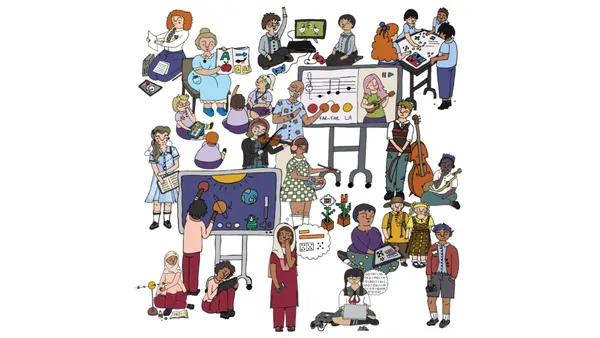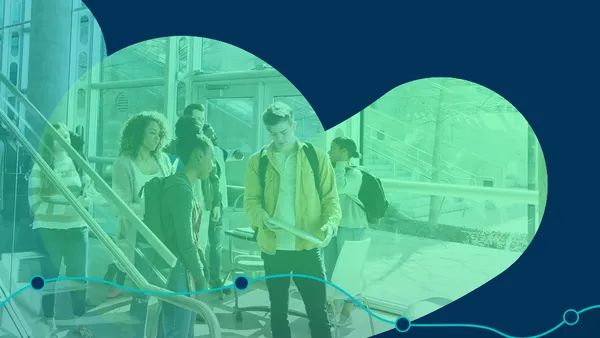Teachers and administrators understand the importance of K-12 professional learning and the impact that maintaining academic standards can have on students. However, many schools struggle with being able to deliver and monitor mandated course content and also struggle to ensure that teachers are engaging with content at an appropriate level. With this in mind, an LMS (learning management system) can be employed to not only deliver content, but increase engagement and make learning easier and fun for teachers. It’s not just about saving time, but about getting the most out of the time that teachers have to devote to their learning. Here are some of the top reasons why teachers and schools should consider an LMS to support continuous learning programs.
Building higher engagement with an LMS
K-12 professional learning is now an area where an LMS can make a huge impact on the way that teachers and staff receive training and continuous learning in their work. One of the advantages of using an LMS is that it helps to support communication and engagement in a sophisticated way. Users can discuss pedagogy, share learning materials and best practices, develop their own shareable courses, and even connect with peers and advisors through chat rooms and direct messaging. Both one-to-one interactions as well as group discussions are enabled through the system. Using a K-12 LMS that is mobile-friendly ensures that all course content and communication can be done on the fly and when it best fits in with a teacher's busy schedule. Teachers can feel more connected to their peers and can develop proactive strategies when they have the right set of tools.
In the end, embracing technology serves to create a culture of learning that demonstrates a school's deep commitment towards empowering a high-quality education. It shows teachers, staff, students, and parents that the school is truly devoted to the best possible outcomes for their students.
K-12 professional learning on the same platform
Teachers can be using the same LMS for their learning as their students will be using. This is hugely important because it means that teachers will spend less time being trained on a second piece of technology. It also means that students can be more confident in asking their teachers for help using the system. This strategy develops a sense of empathy between teachers and students, as they collaborate on strategies to enhance the communication and dynamic between them. Again, this demonstrates a commitment to a culture of learning in which the student is also involved.
Manage and monitor from a dashboard
Not all teachers need the same kind of K-12 professional learning and administrators of K-12 professional learning program need to provide the right kind of content or training for each teacher or staff. For example, new teachers may require a more hands-on approach to ensure that they're fitting into the system.
By assigning users to specific groups, content can automatically be assigned to the right set of teachers. New teachers can be assigned onboarding courses. All staff can be assigned annual compliance courses. And the great thing about K-12 professional learning dashboard is that all data can be viewed quickly to monitor the progress of all learners.
For more information on our professional learning offering, visit https://www.d2l.com/k-12/products/professional-learning/. With services and products to enable your learning program, we can work together to truly put the teacher at the center of their own education.
"We have a face to face bias in education, but as technology tools become more adaptable and ubiquitous, we can leverage them to provide important blended and completely online experience to create a fabric of professional learning wrapped around an educator."
Ken Dirkin, Director of Online Professional Learning – Michigan Virtua










